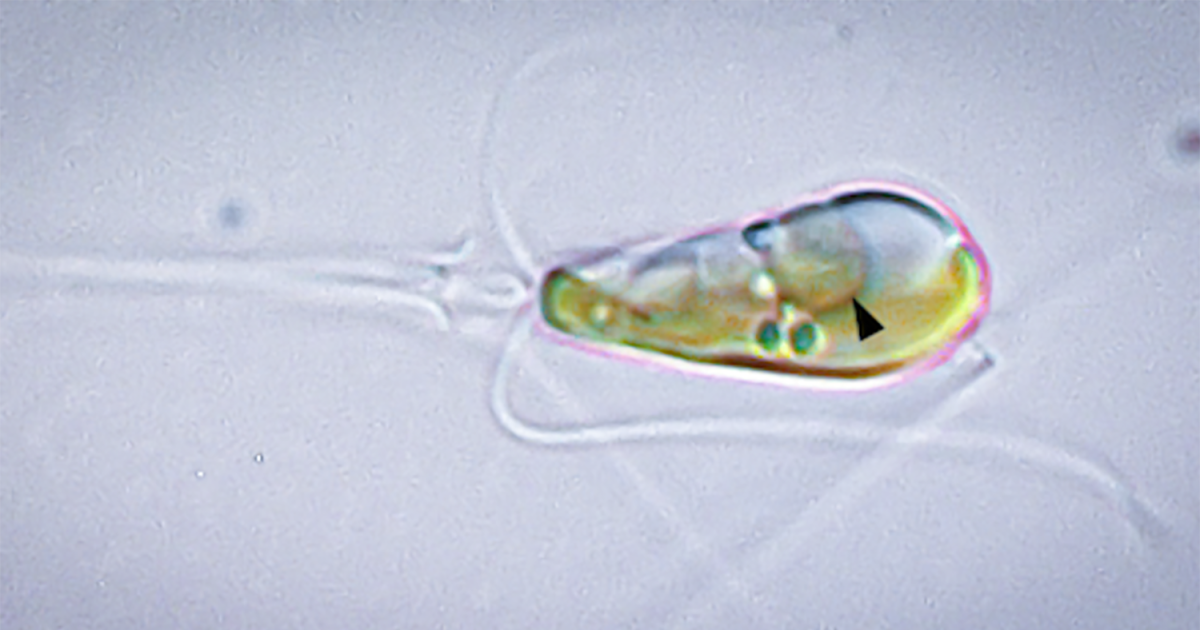- cross-posted to:
- [email protected]
- cross-posted to:
- [email protected]
From the article:
Scientists have caught a once-in-a-billion-years evolutionary event in progress, as two lifeforms have merged into one organism that boasts abilities its peers would envy. Last time this happened (1.6 billion years ago), certain advanced cells absorbed a type of bacteria that could harvest energy from sunlight. These became organelles called chloroplasts, which gave sunlight-harvesting abilities, as well as a fetching green color, to a group of lifeforms you might have heard of – plants.
And now, scientists have discovered that it’s happening again. A species of algae called Braarudosphaera bigelowii was found to have engulfed a cyanobacterium that lets them do something that algae, and plants in general, can’t normally do – “fixing” nitrogen straight from the air, and combining it with other elements to create more useful compounds.



The N2 in the atmosphere go through a lot of conversions in the bacteria and plant but eventually ends up as nitrates which then break down and release N2 back in the atmosphere.
So no we won’t end up with no nitrogen in the atmosphere. Generally we want more nitrogen fixed as most crops deplete the nitrogen and only crops that host the nitrogen fixing bacteria can replenish the fixed nitrogen in the soil.
This is the main reason for crop rotations. Farmers grow corn that depletes the fixed nitrogen and then soy that has bacteria that replenishes it.
It would be great if corn got that feature as a lot of fossil fuels are used to fix nitrogen for fertilizers. See the Haber process for more info. https://en.m.wikipedia.org/wiki/Haber_process
There’s a variety of maize that does fix nitrogen:
https://www.theatlantic.com/science/archive/2018/08/amaizeballs/567140/
There are some political and technical hurdles to adapting it more broadly to the agricultural industry.
Fun fact, one half of the invention of the Haber Bosch process Fritz Haber also invented chemical warfare.
He’s partially responsible for saving perhaps billions of lives through the Haber Bosch process and killing millions through the use and proliferation of chemical weapons.
We did get this banger out of it though
So long as he’s net positive, eh…? 🥹
Thank you for sharing all this insight! Cheers!